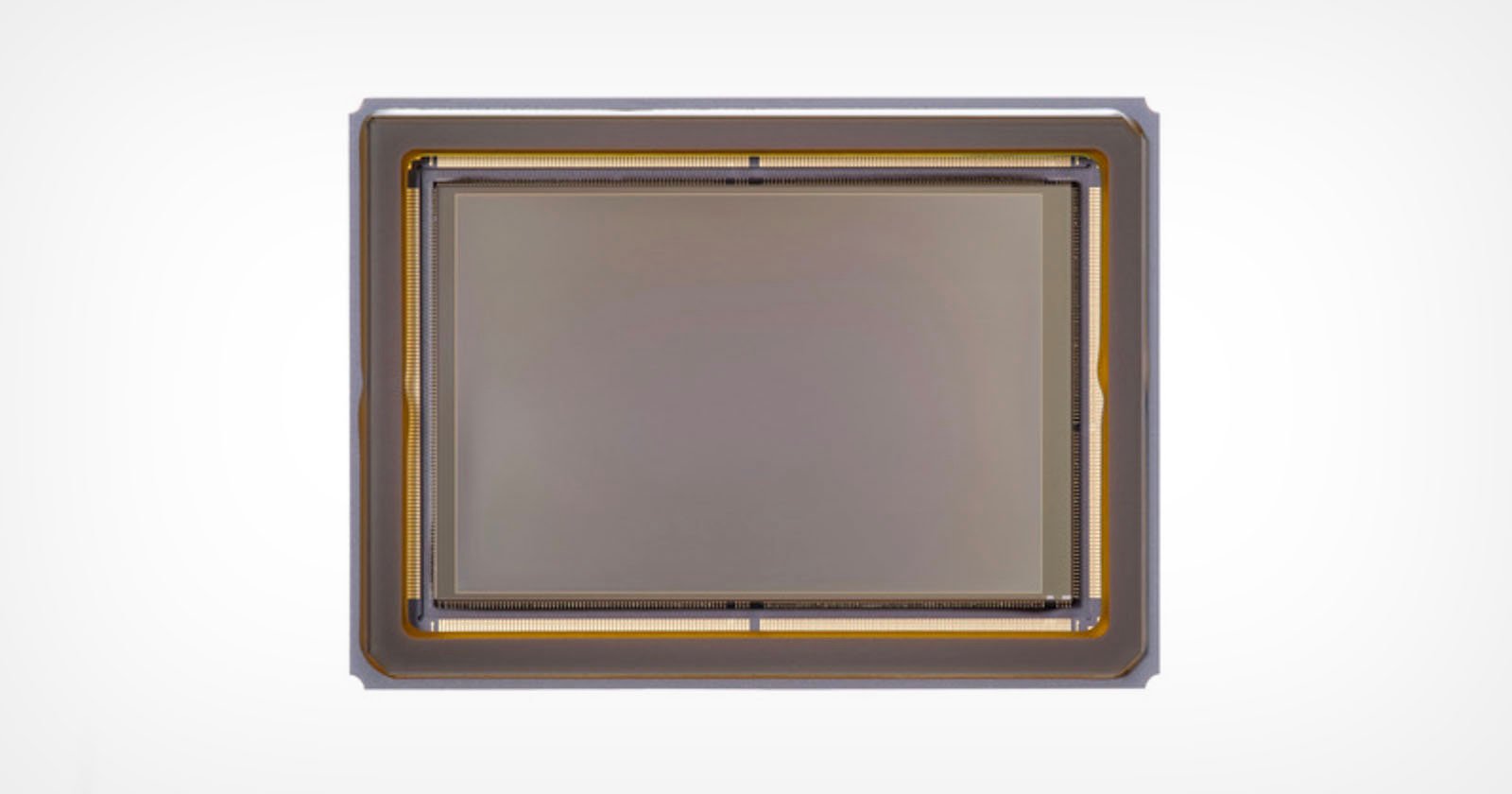Canon’s Record-Setting 410MP Full-Frame Sensor Makes its Public Debut

Canon’s 410-megapixel full-frame image sensor made its first public appearance at the Shanghai International Photographic Equipment and Digital Imaging Exhibition (P&I) in China last week.
Canon unveiled the sensor in January, setting a record for the most pixels ever put on a full-frame image sensor. While the sensor is designed for work in science and bespoke industrial applications rather than traditional photography, it is an incredible accomplishment.
As Digital Camera World reports, P&I attendees were the first people outside Canon to get a look at the 410-megapixel full-frame sensor, a move that indicates that Canon’s high-res chip not only exists, but is coming along well in development. Canon is now accepting information requests for the sensor from interested parties.
![]()
“While many CMOS sensors with a super-high pixel count are medium-format or larger, this extreme resolution sensor is compacted into a 35mm full-frame format,” Canon explained in January when it unveiled its 410-megapixel sensor, which is officially called the LI8030SA. “This allows it to be used in combination with lenses for full-frame sensors and is expected to contribute to the miniaturization of shooting equipment.”
410 megapixels is an incredible amount of imaging data. The final output image is 24,592 by 16,704 pixels, which is nearly 200 times the resolution of an FHD video and 12 times the number of pixels of 8K resolution.
Despite its staggering resolution, Canon says the sensor is impressively fast thanks to its stacked design, which features inerlayered pixel and signal processing hardware plus redesigned circuitry. The camera can capture full-resolution images at up to eight frames per second and record pixel-binned 100-megapixel video at 24p.
While the Canon LI8030SA is still in active development, it represents a groundbreaking achievement in image sensor technology. Of course, for many reasons, not the least of which will be its eventual cost, the sensor is destined to remain a highly specialized tool for very specific applications rather than a mass-market product. But it’s not hard to imagine a world in which the novel technology underlying the 410-megapixel sensor inspires the next generation of commercially viable full-frame Canon image sensors.

![]()
![]()
Canon brought many more of its products to the P&I 2025 show in China, including its video-friendly EOS R50V and PowerShot V1 cameras, the EOS R1 and R5 II flagship mirrorless models, and the Canon EOS C400 cinema camera, alongside a range of lenses and imagePROGRAF Pro printers.
Canon China’s Vice President, Eiji Hirano, noted the growing demand in the Chinese market for imaging products, particularly models such as the R50V and PowerShot V1.
Canon China cites the “China Internet Audiovisual Development Reserach Report (2025),” which says that more than one billion people in China consume short-form video content — that is a usage rate of nearly 94%. To that end, Chinese customers have a strong demand for cameras with compelling video features, which explains in part the significant interest in the EOS R50V and PowerShot V1 models that Hirano highlights.
Hirano adds that the demand for high-end interchangeable lens cameras, including the flagship EOS R1 and R5 Mark II cameras, is very high in China, too.
A market industry report released last year claimed that Canon’s market share in China was around 50%, nearly twice as much as Sony in second place and almost five times larger than Nikon’s third-place market share.
As CIPA showed in its 2024 annual report, China has become a massive player in the digital photography space, rivaling the Americas in terms of overall camera sales. In 2024, Chinese customers purchased more interchangeable lens cameras than those in the Americas. If Canon performs well in China, it bodes very well for the company overall.
Image credits: Canon
Source link


